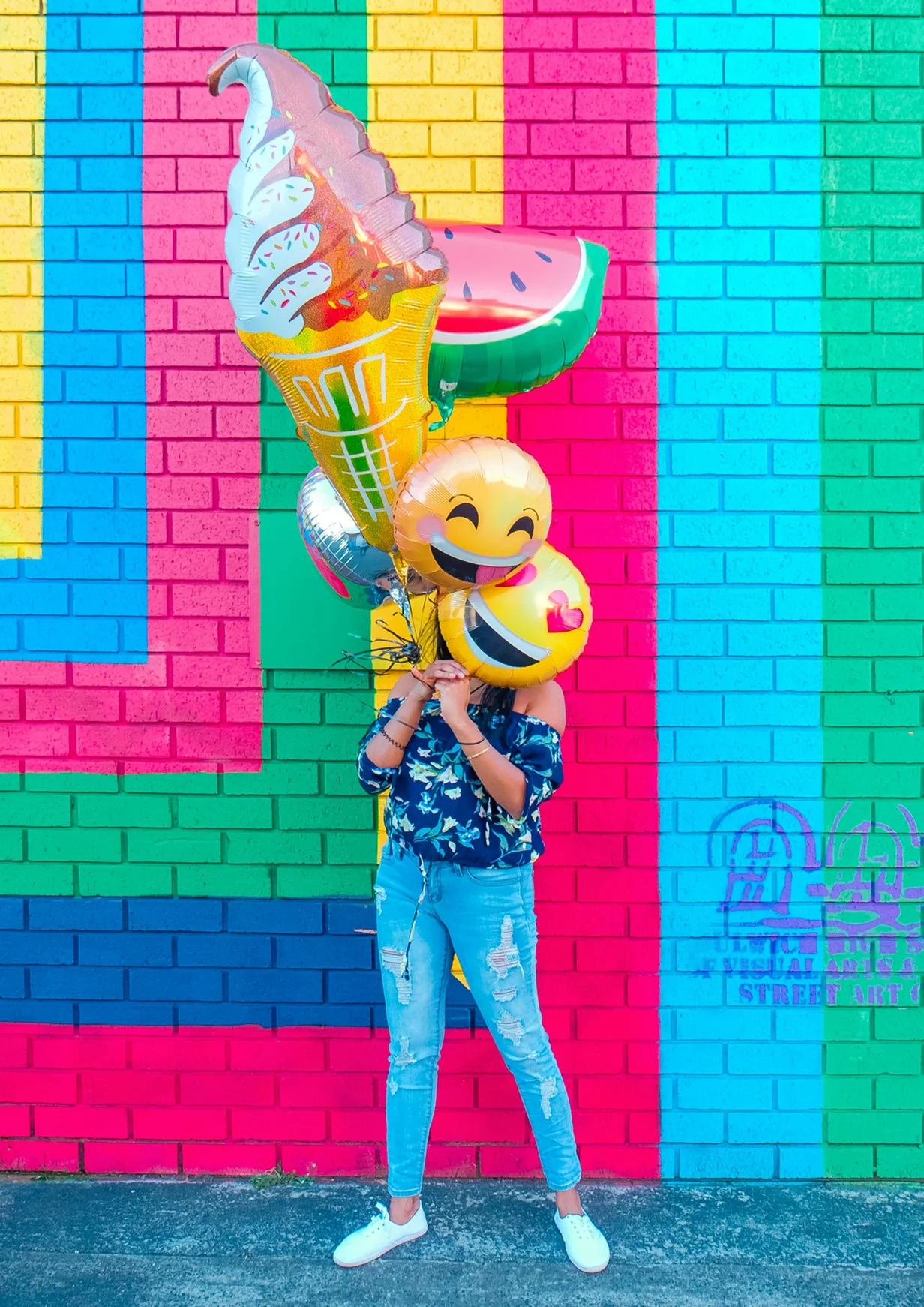
The Role of Color Psychology in Web Design: Influencing Customer Behavior and Brand Perception
In the world of web design, colours do more than fill spaces. They tell stories, evoke emotions, and influence user behaviour and brand perception significantly. The strategic use of colour psychology in web design not only enhances the aesthetic appeal of your website but also strengthens your brand messaging and improves user engagement. Let's explore how different colours can impact customer behaviour and how you can harness this knowledge to benefit your brand.
The Power of Color
Colour psychology is the study of how colours affect perceptions and behaviours. In marketing and branding, understanding colour psychology is crucial for creating effective designs that resonate with the target audience. Regarding web design, the colours you choose can affect how visitors perceive your brand and whether they feel encouraged to take action, such as purchasing or signing up for a newsletter.
Understanding Color Meanings
Each colour can evoke different emotions and associations. While cultural differences can influence colour interpretation, some general sentiments are widely recognized:
- Blue: Often associated with trust, security, and calmness, blue is a favourite in corporate and financial website designs.
- Red: A colour of passion, urgency, and excitement, red can increase heart rate and is used to draw attention or prompt action.
- Yellow: Conveys optimism and happiness, making it practical for grabbing attention and creating a sense of warmth and cheerfulness.
- Green: Associated with health, tranquillity, and nature, green is often used for wellness and environmental brands.
- Orange: A fun and energetic colour that can inspire action. It's used to create a sense of urgency or promote impulsive decisions.
- Purple: Symbolizes luxury, creativity, and mystery. It's commonly used for beauty and luxury products.
- Black: Conveys sophistication, power, and elegance. Luxury brand websites often use it to create a sleek, professional look.
- White: Represents purity and simplicity. White space in web design can create a clean, uncluttered look that emphasizes other design elements.
Applying Color Psychology in Web Design
When choosing a colour palette for your website, consider your brand identity, target audience, and the psychological effects of your chosen colours. Here are some tips for applying colour psychology effectively:
1. Define Your Brand's Message
What emotions do you want your brand to evoke? Choose colours that align with your brand's values and message. For example, if you're going to project an image of reliability and trust, incorporating shades of blue might be effective.
2. Consider Your Target Audience
Different demographics may respond differently to colours. Age, gender, and cultural background influence colour preferences and interpretations. Research your target audience to understand their reactions to different colours.
3. Use Color to Highlight Calls-to-Action
Colours can draw attention to critical elements on your website, like CTAs. Using contrasting colours for your CTAs can make them stand out and encourage clicks.
4. Test and Iterate
Colour preferences can be subjective, and what works for one website may not work for another. A/B testing different colour schemes can help you understand what resonates best with your audience.
Wrapping Up: The Strategic Use of Color
Colour is a powerful tool in web design, influencing customer behaviour and shaping brand perception. By understanding and applying the principles of colour psychology, you can make more informed decisions about your website's design, creating an environment that resonates with your audience and supports your business goals.
Remember, the ultimate aim is to use colour as decoration and a means of communication. The right colour palette can help you connect with your audience emotionally, making your website not just a place to visit but an experience to remember.
FAQs
Q: Can the colour scheme of a website affect conversion rates?
A: Yes, colours can significantly impact user behaviour and conversion rates. For example, choosing a colour scheme for your CTAs can increase visibility and encourage clicks.
Q: How many colours should I use in my website's colour scheme?
A: A good rule of thumb is to stick to a primary colour, a secondary colour, and an accent colour to maintain visual harmony and avoid overwhelming your visitors.
Q: Is it necessary to follow colour trends in web design?
A: While being aware of trends can inspire, choosing colours that align with your brand identity and resonate with your target audience is more important.
Harnessing the insights of colour psychology in your web design strategy can transform how users interact with your site, enhancing engagement, satisfaction, and business success. Let colour be your ally in crafting a website that truly stands out.
Related Articles
Discover articles tailored to your interests, providing deeper insights and extended learning opportunities. Our "Related Articles" feature connects you with content that complements your current read, ensuring you have all the knowledge you need to make informed decisions about your business's online presence.






